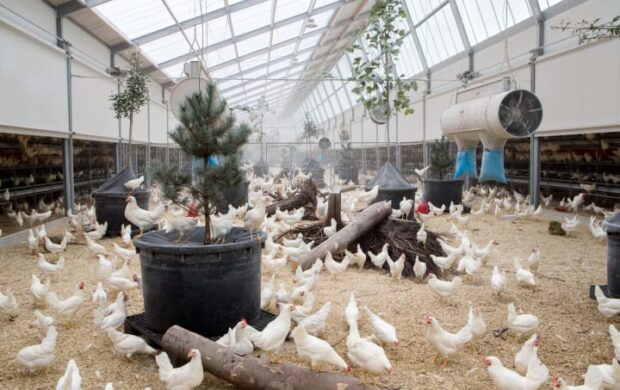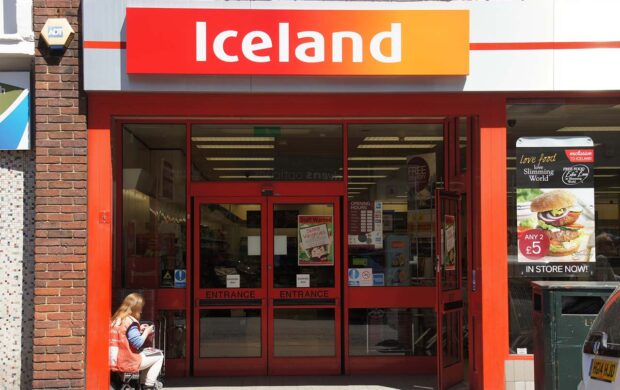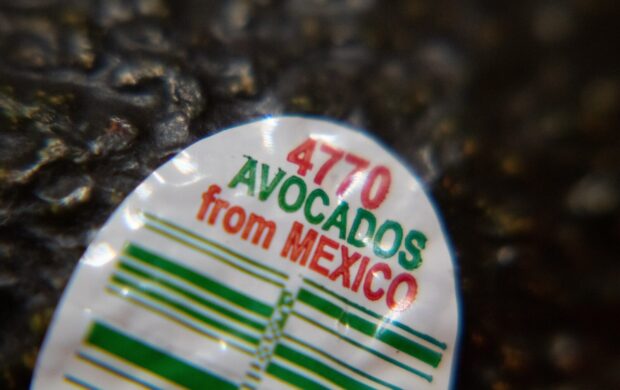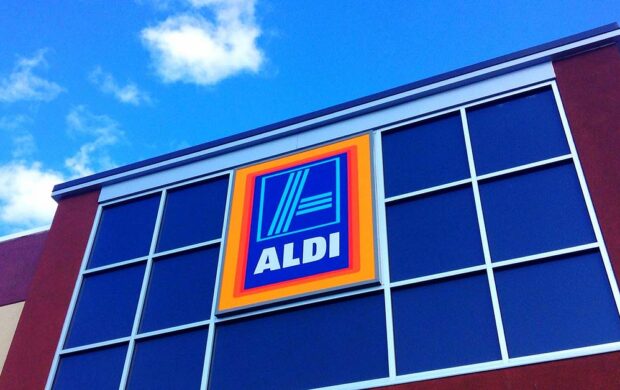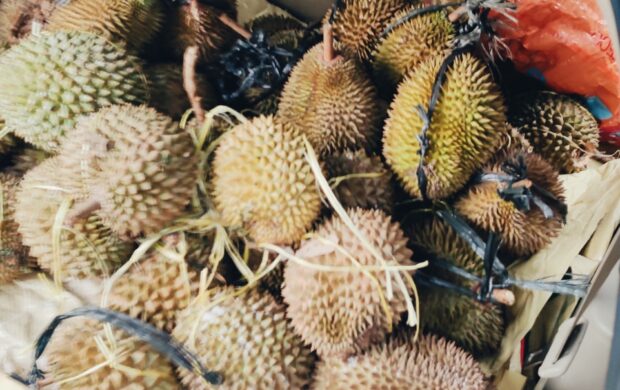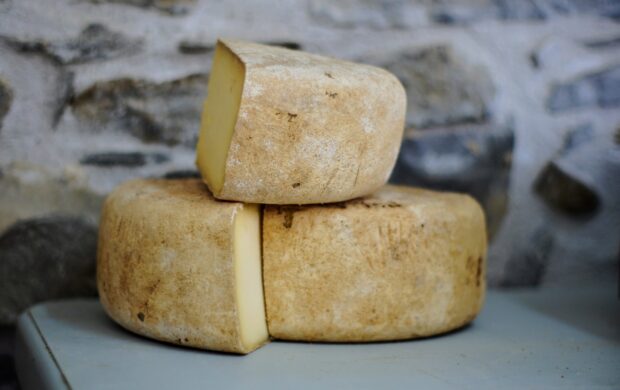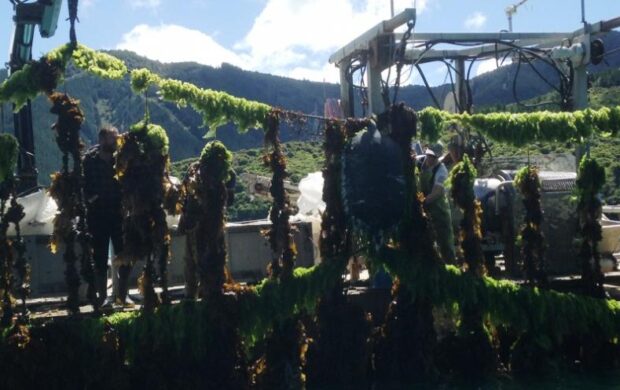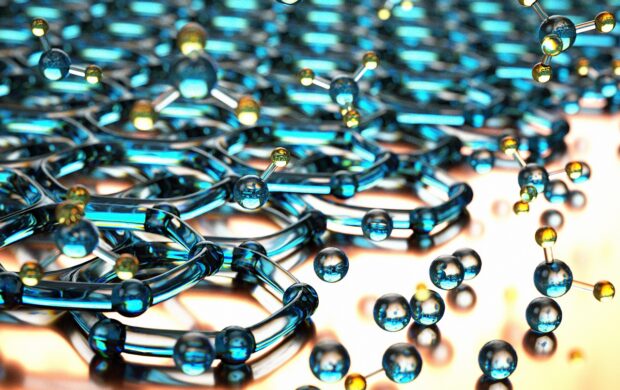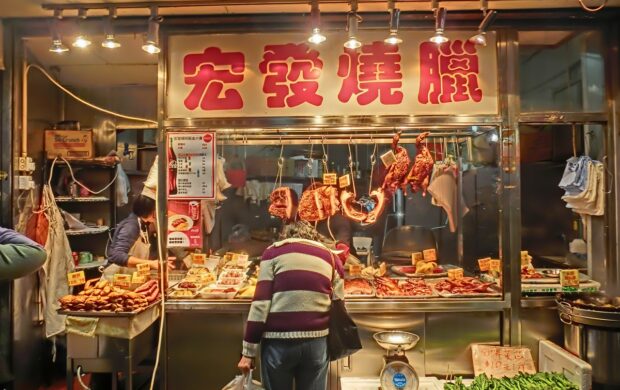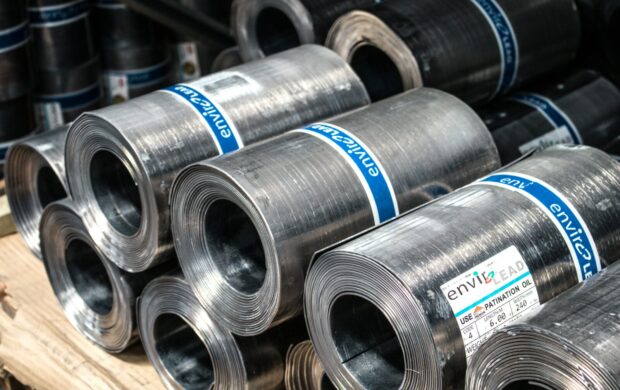A team of engineers based at the University of Utah has created components of LEDs (Light Emitting Diodes) out of waste from food and beverage.
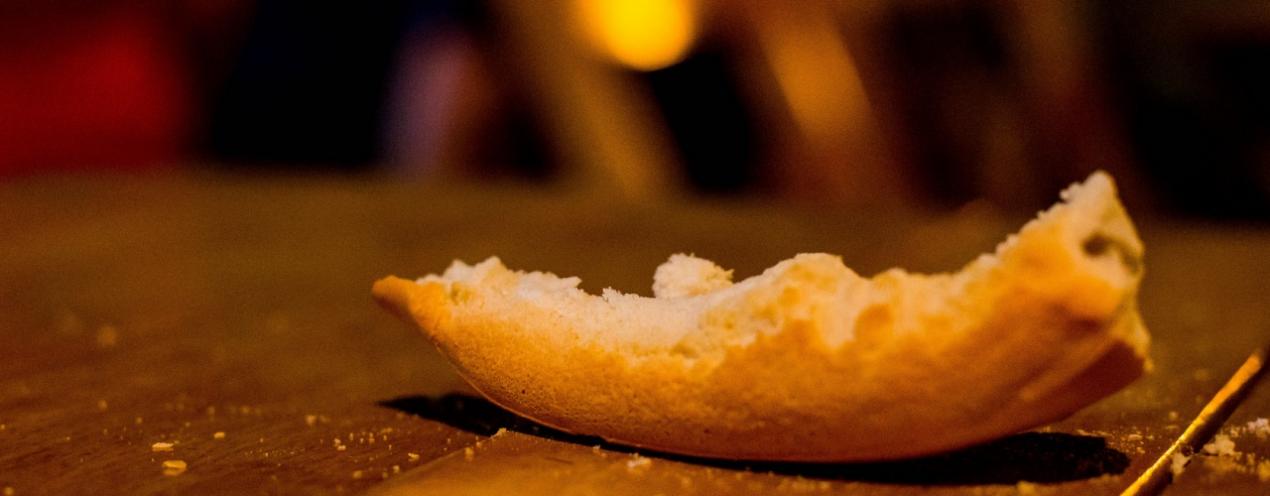
Bread, tortillas and soda were treated with high temperature and pressure in specific solvents to form ‘quantum dots’, crystalline structures 20 nanometres in size which have luminescent properties.
Using food and beverage waste allows quantum dots to be carbon-based, which differs from traditional selenium or cadmium based quantum dots.
LEDs are very widely used in appliances such as television screens and lightings.
Professors Prashant Sarswat and Michael Free have published the work in the journal Physical Chemistry Chemical Physics.
Image credit: Tom Raftery / Flickr
